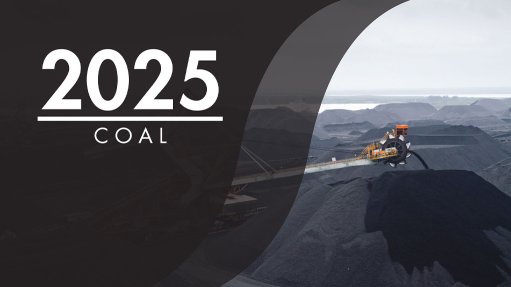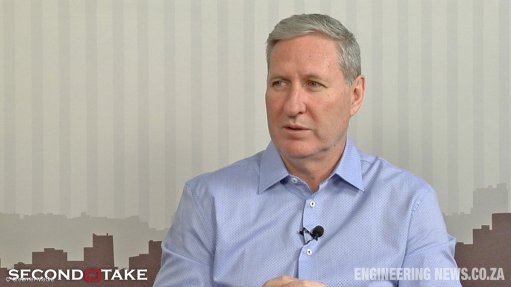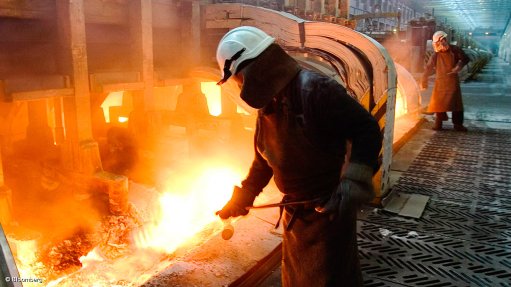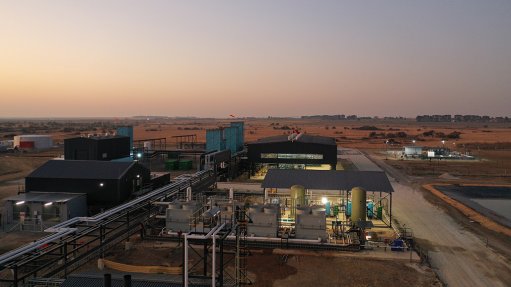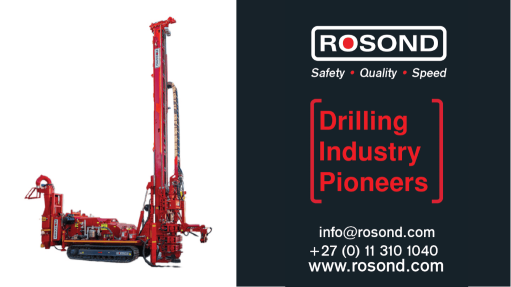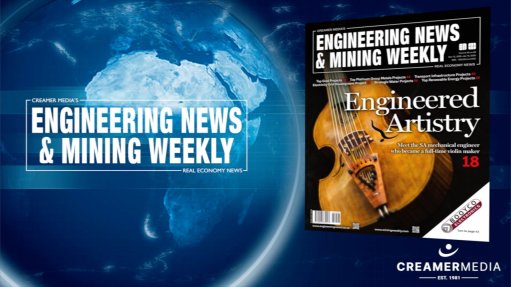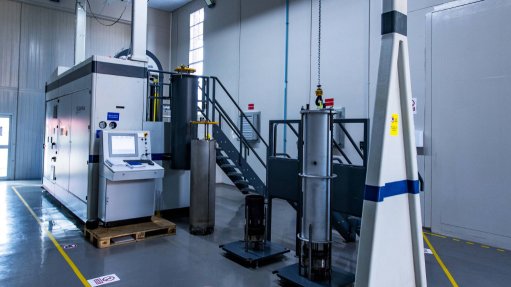Optimism about AI at work outweighs pessimism as daily use grows
AI and generative AI (gen AI) tools are a growing part of people's daily lives, including at work, and 52% of respondents to management consulting firm Boston Consulting Group's (BCG's) 'AI at Work 2025' report expressed optimism around AI and gen AI, while only 28% of respondents were pessimistic or concerned.
This is a significant shift from the first report in 2018, which showed that only 35% of respondents had been optimistic and 40% concerned, said technology subsidiary BCG X global leader Sylvain Duranton on June 26 in a briefing to media.
Overall, adoption is strong, with 72% of the 10 600 respondents across 11 countries being regular users.
“There is some real and positive momentum around AI that is driving this optimism and confidence. However, there are differences in adoption between leaders, managers and employees.
“Frontline adoption has seemingly stalled at 51% of respondents who are using it regularly. While this is a critical mass of adoption, it is at the same level as in the previous report. Similarly, 80% of leaders use gen AI or AI tools and, while they remain top users of the technology, greater adoption has also seemingly stalled at this level,” he said.
Further, frontline use of AI tools was expected to increase, but there were some barriers to adoption, he added.
The fear of seeing a job disappear has stabilised at 41% of respondents, which is similar to 42% in the previous report.
“Interestingly, the fear of seeing one's job disappear increased among managers and leaders in this report to higher, at 43%, than the concerns expressed by frontline employees, at 36%, which was not the case in previous reports,” said Duranton.
AI tools can check the work of employees and also check the quality of their work and can produce reports and metrics on demand.
Additionally, the concerns about jobs disappearing were much higher in countries that had higher use of gen AI and AI tools. This could be interpreted as people using the tools having confidence in the technology and realising the full potential of the technology, he said.
However, the risks of job losses may be lower than anticipated.
A recent job market survey indicated that, while companies noted they would probably change the skills they were recruiting for and upskill their personnel, only 7% of companies expected to see a decline in their workforce, while 13% said they expected to have add more job profiles, he added.
Meanwhile, almost half, or 47%, of respondents who use AI regularly say it is saving them one hour or more a day, which can be used for different activities. Some can finish work earlier and have more personal time, while others use it to do more strategic work, experiment with tools and processes or undertake professional development.
“A big challenge for companies will be to determine how to channel the time saved by workers and whether they can deploy it to more strategic and reflective tasks. However, one-third of employees receives guidance on how to reallocate this time, muting the impact,” he said.
Further, a lack of skills or training is dampening adoption. Training is often too short or superficial, with only 36% of employees saying they have been trained on the skills needed for AI transformation.
Regular use was sharply higher for employees that received at least five hours of training and had access to in-person training and coaching, Duranton highlighted.
TRACKING VALUE
One-half of respondents said their company was moving from adoption to deriving value through end-to-end redesign, he said.
Merely introducing AI tools into existing ways of working is not enough to unlock their full potential. Real value is generated when businesses reshape their workflows end-to-end and promote use of the technology.
Companies unlocked AI’s full potential by going beyond deployment to reshape entire workflows. These organisations invested heavily in people transformation, through proper training, change management and anticipating evolution in roles, he said.
Such companies also tracked the value created by AI effectively, with tangible results, said BCG human x AI global lead Vinciane Beauchene.
“Redesigning processes is about being clear about the desired outcomes and then considering the redesign end-to-end, rather than focusing on process, as the new workflow or processes may be different from the existing ones,“ she said.
Focusing on outcomes also ensures that companies know what to measure in terms of the value they are seeking. This focus also encourages companies to move beyond pure value measurements to look at side effects, and the impacts of the solution on quality, creativity and people, she added.
“Track the value you are generating with AI improvements in productivity, quality, and employee satisfaction,” she said.
Companies should also invest in their people to reshape workflows and unlock AI’s value, as well as anticipating AI’s impact on work, workers and the workforce.
Further, companies should experiment rigorously with agents to accelerate the experience curve, and should track impact and potential risks through testing, she advised.
“Our research shows the real returns come when businesses invest in upskilling their people, redesign how work gets done, and align leadership around AI strategy,” said Duranton.
Article Enquiry
Email Article
Save Article
Feedback
To advertise email advertising@creamermedia.co.za or click here
Comments
Announcements
What's On
Subscribe to improve your user experience...
Option 1 (equivalent of R125 a month):
Receive a weekly copy of Creamer Media's Engineering News & Mining Weekly magazine
(print copy for those in South Africa and e-magazine for those outside of South Africa)
Receive daily email newsletters
Access to full search results
Access archive of magazine back copies
Access to Projects in Progress
Access to ONE Research Report of your choice in PDF format
Option 2 (equivalent of R375 a month):
All benefits from Option 1
PLUS
Access to Creamer Media's Research Channel Africa for ALL Research Reports, in PDF format, on various industrial and mining sectors
including Electricity; Water; Energy Transition; Hydrogen; Roads, Rail and Ports; Coal; Gold; Platinum; Battery Metals; etc.
Already a subscriber?
Forgotten your password?
Receive weekly copy of Creamer Media's Engineering News & Mining Weekly magazine (print copy for those in South Africa and e-magazine for those outside of South Africa)
➕
Recieve daily email newsletters
➕
Access to full search results
➕
Access archive of magazine back copies
➕
Access to Projects in Progress
➕
Access to ONE Research Report of your choice in PDF format
RESEARCH CHANNEL AFRICA
R4500 (equivalent of R375 a month)
SUBSCRIBEAll benefits from Option 1
➕
Access to Creamer Media's Research Channel Africa for ALL Research Reports on various industrial and mining sectors, in PDF format, including on:
Electricity
➕
Water
➕
Energy Transition
➕
Hydrogen
➕
Roads, Rail and Ports
➕
Coal
➕
Gold
➕
Platinum
➕
Battery Metals
➕
etc.
Receive all benefits from Option 1 or Option 2 delivered to numerous people at your company
➕
Multiple User names and Passwords for simultaneous log-ins
➕
Intranet integration access to all in your organisation





